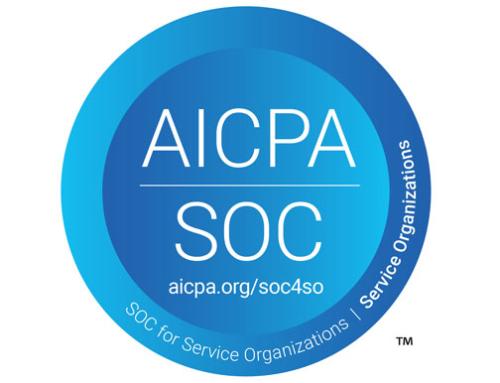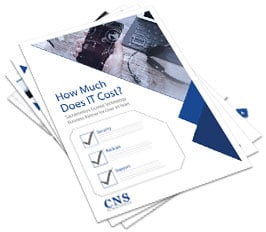It’s all too easy to forget how integral and pervasive software-as-a-service (SaaS) has become to modern business operations, given the efficiencies and flexibility benefits it provides users.
But like any sector, SaaS is constantly evolving as it incorporates new technologies and adapts to market forces. Some have even questioned if the entire SaaS concept is under threat as software becomes easier for businesses to build and run themselves.
Before we look at the current state of play, and whether SaaS really is ripe for disruption, let’s recap how SaaS operates, and what it looks like in its current form.
What is SaaS, and how does it work?
SaaS is on-demand software hosted in the cloud and accessed free or via a subscription. It has become synonymous with cloud computing given that the software resides on remote computers, not on-premises. The term has also come to be used interchangeably with other remote-based services such as infrastructure as a service (IaaS), platform as a service (PaaS) and managed software as a service (MSaaS). Notable SaaS providers include household names such as Amazon, Google and Microsoft, as well as specialized providers like Salesforce (CRM), Box (storage) and Twilio (web comms).
The benefits of SaaS for SMBs
Why did SaaS become so popular? Simple – out-of-the-box software solutions and ready-made tools are invaluable to businesses of all sizes, but are especially beneficial for smaller ventures and SMBs with limited resources. SaaS enables these operators to access powerful, enterprise-grade software without having to invest significant capital upfront or for them to purchase costly infrastructure or software licenses. Convenient and popular SaaS solutions for SMBs include:
- Cashless payment software
- Digital accounting packages
- Customer relationship management (CRM)
- Supply chain management systems
- Cloud-based data storage
So where is the sector going, and what will SaaS look like in the years ahead, particularly in the context of an SMB?
There is no doubt that SaaS – and cloud-based computing – will remain integral to enterprises of the future and will continue to play a dominant role in the market of the future.
Niches, mobility and big data
Providers of niche SaaS services – including for sectors such as health care, education and real estate – are likely to reap the benefits of widespread adoption as they design solutions for specific industries. This contrasts with more established, full-service SaaS providers who now face more market competition, and where growth is expected to be more modest.
The other growth area will be for SaaS solutions with a strong mobility presence, particularly via apps that allow SMB owners to conduct their operations remotely from their mobile devices. Here businesses are looking for streamlined mobile dashboards that can help them automate their mobile marketing, manage sales, and help them seamlessly enable social media integration, to name just a few. The rise of big data and analytics will also see players in this space become more prominent as SMBs look to leverage cloud computing to help them collect and analyze granular information on their users and competitors.
While it’s not easy to predict what’s likely to happen in such a dynamic market, all signs point to the SaaS cloud service delivery model evolving and growing as more businesses transition from on-premises private clouds to externally managed public clouds.






